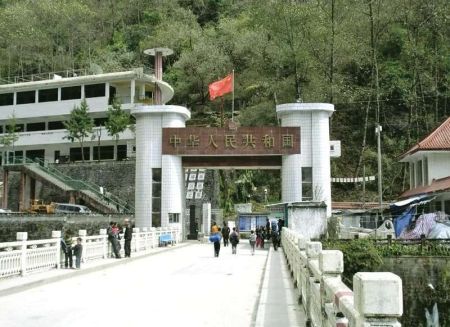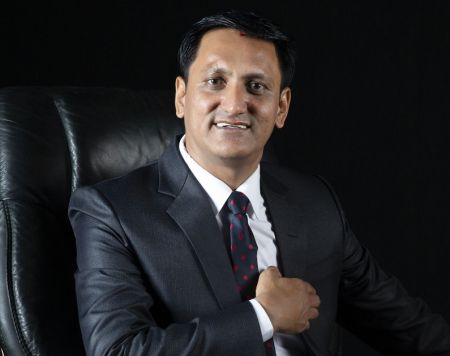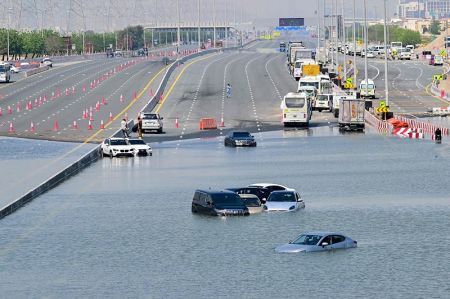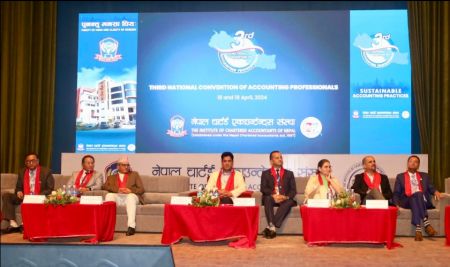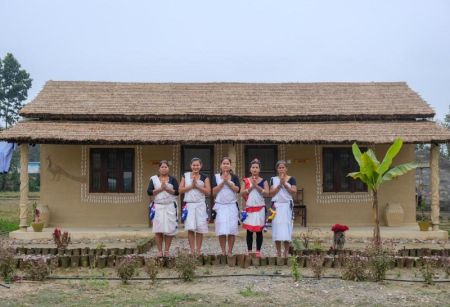.jpg)
Time and again, we hear about intense competition between brands. Companies try to prove their superiority over their rivals and to outsmart them which sometimes turn into brand wars. How does one differentiate products that have the same attributes? The only way is to position it differently through advertising campaigns and outrun the competition. Some classic examples are that of Coke Vs Pepsi along with some others like Horlicks Vs Complan.
A research indicates that one could not distinguish between Coke and Pepsi in a blind test so, technically, they are the same. However, with smart positioning of Coke, brands like Sprite and Fanta have made them more appealing to the consumers. Locally, Sprite’s ongoing “Bato Clear Chha” campaign is being liked by the masses for its fresh approach to a mundane product. On the other hand, Pepsi has embarked on a global approach focusing on comparatively healthy drinks like Lipton Cold Tea and Tropicana Juice. With the obesity problem, lifestyles have changed thus urging companies to come up with healthier products. In that spirit, the company is giving more attention to water, juices and sports drinks which seems like a logical approach.

There is an ongoing battle between Horlicks and Complan, both claiming their beverage can make children sharper, taller and stronger. The ad claims that children who were served Complan grew twice as fast to those on a regular diet due to its milk protein and nutrients. It also builds credibility by saying “Approved by Department of Food Science and Nutrition”. There is an ongoing case filed by the makers of Horlicks against Complan for allegedly damaging their reputation. In recent times, Horlicks is into a new strategy targeting working adults too and not just kids.
Buddha Air and Yeti Air, the giants in Nepal’s domestic aviation, saw a similar war going sometime back. One claimed their engine as slicker and superior while the other claimed their commitment to safety and convenience for passengers. Keeping aside the technical superiority of their airplanes, one thing that the ‘war’ did was to keep the two brands in the minds of the customers. At the end, it’s of course the customer who decides on the brand they feel emotionally connected with and not necessarily the functional superiority.
Many brands fought their own battles to cash in on the recently held London Olympic Games, the greatest sporting event, as well. While athletes all over the world flexed their muscles eying gold medals, companies made bids to get maximum exposure for their brands during the event. One of the surprise winners is Twitter which became popular because of inappropriate tweets from athletes. It was the first time when a social network brand cashed in on the Olympics. Well known sporting brand Puma’s bet on the world’s fastest man Usain Bolt paid off handsomely with unprecedented brand exposure during the games. Similarly, Nike and Gatorade too got their share of the pie. All in all, brand wars are more about reputation wars rather than product superiority. Since the competing brands in a certain category hardly have any differentiation product-wise, the only way out is to go head-on with the competition.
Karki can be reached at [email protected]. The article is based on research and author’s practical experience as a marketing and advertising professional.






